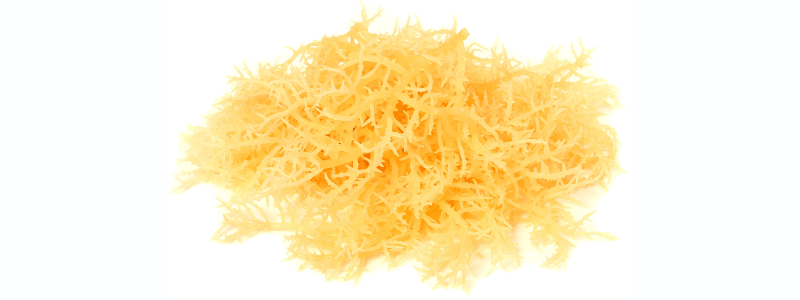Seaweed or marine algae belong to a large group of autotrophic organisms. They can be unicellular (microalgae or phytoplankton) or multicellular (macroalgae) with sizes ranging from 0.2-2.0 microns up to 60 m, respectively. Their reproduction occurs through simple division and due to the simplicity of their structure, they tend to grow faster than any other plant. Therefore, they are characterized as the most productive plants on the planet (Marsall, 2007):
- Compared to traditional oilseeds, algae can produce five times more biomass per hectare.
There are about 320,500 species of algae.The amount of cultivated or native macroalgae used in industry during recent years rounds up to nearly 7.5-8 million tons per year (Becker, 2007).
Nutritional composition of algae
The nutritional value of algae depends on their size, digestibility, presence of toxic substances and chemical composition (Becker, 1994).
Algae are a remarkable source of protein, with a content of 10-15% in macro-algae (Oliveira et al., 2009) and 28-71% in microalgae. In addition, the content of certain amino acids such as lysine, methionine, tryptophan, threonine, valine, histidine and isoleucine is comparable to that of eggs or soybean seeds.
Keep up to date with our newsletters
Receive the magazine for free in digital version
REGISTRATION
ACCESS
YOUR ACCOUNT
LOGIN
Lost your password?
